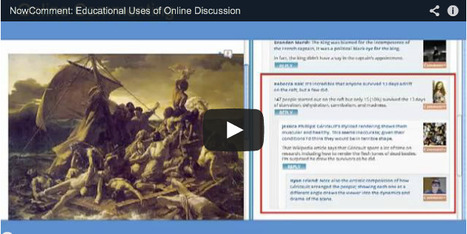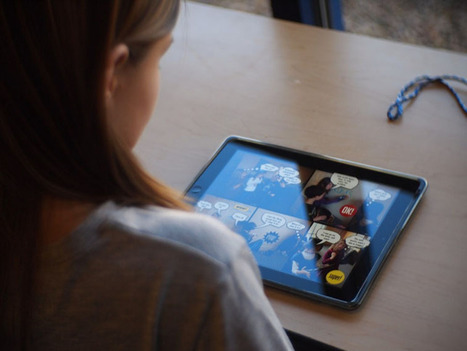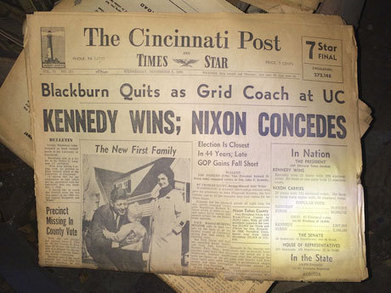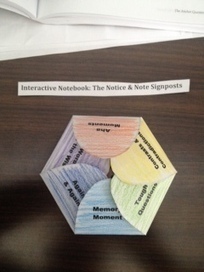Application of Common Core State Standards comparing observations, characters and closing arguments from two trials using non-fictional accounts dealing with the Scottsboro Boys trials of 1931 and 1933 and the fictional trial narrative in To Kill a Mockingbird.
Get Started for FREE
Sign up with Facebook Sign up with X
I don't have a Facebook or a X account
 Your new post is loading... Your new post is loading...
 Your new post is loading... Your new post is loading...

Jacqueline Weber's curator insight,
December 2, 2014 1:26 PM
I would like help teachers utilize this with their students
Sharonda Holmes's curator insight,
April 23, 2017 2:21 PM
You will be creating your own informational eBook about the Harlem Renaissance. These resources will help us understand how to begin creating eBooks.

Mika Auramo's curator insight,
April 3, 2014 2:23 PM
Vaikuttaa lupaavalta vuorovaikutteiselta työkalulta yhteistoiminnalliseen oppimiseen. 
CECI Jean-François's curator insight,
February 16, 2015 2:20 AM
Intéressant outil pour faire du commentaire social (débat électronique) sur un document, avec des possibilités de tri et de tracking ... Parfait pour l'hybridation de cours 
Murielle Godement's curator insight,
February 16, 2015 2:52 AM
Le pendant de VoiceThread à l'écrit. NowComment permet de commenter / débattre par écrit sur des documents du web en mode privé ou public. Le mode public ne propose pas de filtre de langue, difficile donc pour le moment de proposer des activités FLE de contributions à des débtas ouverts essentiellement en anglais.

Mary Reilley Clark's curator insight,
January 27, 2014 1:05 PM
Great strategy to use with ELL students, too! 
Mark Gillingham's curator insight,
January 29, 2014 5:30 PM
Tap into more skills that students already have through collaboration and mixed media.

Mary Reilley Clark's curator insight,
January 22, 2014 12:11 PM
Simple ways to update your lit circles. 
Dr. Angela C Gordon's curator insight,
January 24, 2014 2:35 PM
Infusing technology into Lit Circles!

Begoña Iturgaitz's curator insight,
September 29, 2013 5:45 PM
Still thinking about a MUST at any classroom? 
Patrice Bucci's curator insight,
September 29, 2013 7:00 PM
So true... I cringe when I am in classrooms with the packaged program "essential question" of the week on the board...and very often those "essential questions" lack cognitive clarity for the students 
Stacey Jackowski's curator insight,
February 19, 2014 8:20 PM
This quote is so true. Learning how to ask essential questions is a skill that we can carry with us for the rest of our lives and facilitates a lifetime of learning.

Deb Gardner's curator insight,
January 8, 2014 6:10 AM
Keep in mind the expectation to increase non-fiction texts (and more complex texts) is not only in the ELA class, but other subjects as well. |
Cathy Sullivan's curator insight,
July 17, 2014 3:10 PM
This looks promising! Issues to ponder that fuel the fire to write.

Mary Reilley Clark's curator insight,
February 4, 2014 6:18 PM
Easy to implement examples that support critical thinking and media literacy, both essential in the Common Core (and life!)

Dr. Dea Conrad-Curry's curator insight,
January 9, 2014 9:55 AM
So many good videos on this website. This lesson reminded me of one I typcially taught as my students moved into analytic literary research. Like Wessling, I would work with students to generate a list of all the aspects within a piece of literature that one could analyze throughout the text. And the, I would ask them to choose two or three and explore not only how they found the aspects interacting, but what literary critics before them said about the text's development in those areas. 
Nalya Ovshieva's curator insight,
October 25, 2014 4:48 PM
A great way of thinking - looking for concrete and conceptual patterns, and then draw conclusions..

Dr. Dea Conrad-Curry's curator insight,
January 6, 2014 6:56 PM
I am a longtime fan of Kylene Beers and Bob Probst. This blog gives a quick rundown of the basic tenets of their highly popular book, Notice and Note and shares an instructional activity. You'll want to go out and buy the book! 
Dr. Angela C Gordon's curator insight,
January 24, 2014 2:40 PM
Close reading using Six Signposts! Great strategy!! 
Linda Burke Dooling's curator insight,
January 26, 2014 4:27 PM
Students need to develop the skills to notice/note what is important -- in literature and in non-fiction -- by themselves. This is a tool that can help learn how to do this and also to practice doing it. |



































Great lesson here, and an opportunity for collaboration between language arts and history classes.